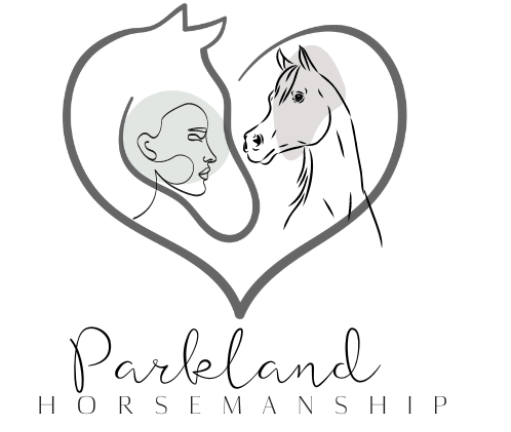Mistakes happen, and when it comes to training horses the consequences can be far-reaching. Horses learn quickly, making it easy for riders to accidentally teach them the wrong lessons.
Imagine teaching your horse to yield to bit pressure; when you pull, and it yields just slightly, and gives away.
1. Putting the Horse on Autopilot
One of the most frequent mistakes I witness is people progressing their training too quickly. They want to move onto an advanced maneuver (striking off, turning etc) but lack the necessary foundation of control and balance required in order to successfully do it.
To avoid making this error, focus on teaching your horse manual cues first – such as asking them for a stop before using your body to turn and bend – which will ensure clear and consistent cues from you and them.
Be careful to not hold your reins too tight — doing so could make the horse tense up and create physical blocks. Keep your hands soft, releasing pressure as soon as the horse begins responding to bit pressure.
2. Ignoring Tack Inspections
Mistakes are inevitable during any training process, yet certain errors are more potentially hazardous than others. For instance, trying to do too much at once can leave your horse feeling disoriented or disbalanced.
Refusing to regularly inspect tack is another common misstep, yet its inspection can help avoid injuries caused by misfitting or poorly adjusted pieces. Furthermore, regularly checking your tack ensures it communicates properly with your horse, providing safety and effectiveness when riding in the saddle.
Verifying that both the bridle and cinch fit correctly is another crucial aspect of tack checks for horses. Too loose bridles may lead to injuries on your horse. Also check for burrs or wads of horsehair which may irritate them further.
3. Ignoring Obvious Warning Signs
There is nothing more fulfilling than helping someone correct an error in training, and seeing them go back into their disciplines and coaches with new understanding and abilities to ensure they don’t repeat it! Helping someone correct an error in training is very satisfying indeed – even better when they come out the other side with new insight that allows them to never make similar errors again!
When your horse refuses to stand still for mounting or acts spooky during lessons, this could be an indicator that they’re feeling overwhelmed and worried by what’s being asked of them. When this occurs it’s essential to step back and work on basic maneuvers until there’s more of a yielding response when bit pressure is applied.
Uncommon among riders, leaning their upper body too far forward can also prove hazardous if their horse needs to stop quickly, potentially leading them into losing balance and the rider going flying off balance.
4. Ignoring Your Horse’s Needs
Horse owners may become so focused on training that they neglect their horses’ healthcare needs – including vaccinations, dewormers, potential dental issues and reviewing their body condition score.
Lack of Consistency with Cues and Pressure A horse that must decipher what their human wants from them by listening for the sound, sight or touch of a whip tap or cluck can become overwhelmed and become stressed while never fully engaging with training sessions resulting in no long term learning being achieved.
Even well-trained horses may occasionally act up, and leaving disobedient behaviors unchecked will only exacerbate them over time. By responding swiftly and early to any misbehavior, their response should be much quicker and they are far more likely to respond favorably.
5. Ignoring Your Horse’s Mood
Horses may strike in self-defense or in response to fear. He might also attempt to assert his dominance if they feel like you are taking charge of the situation and fail to exert control. Be wary of warning signs such as stomping or pawing, wide eyes and an elevated head/ears.
If your horse has its mouth relaxed or is chewing, that indicates they may be asleep or just resting. Call its name softly to avoid startling it; once their mind has settled they should resume responding to cues again.

